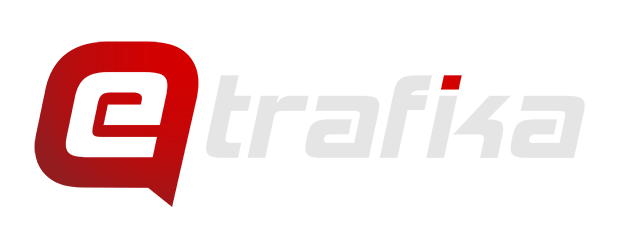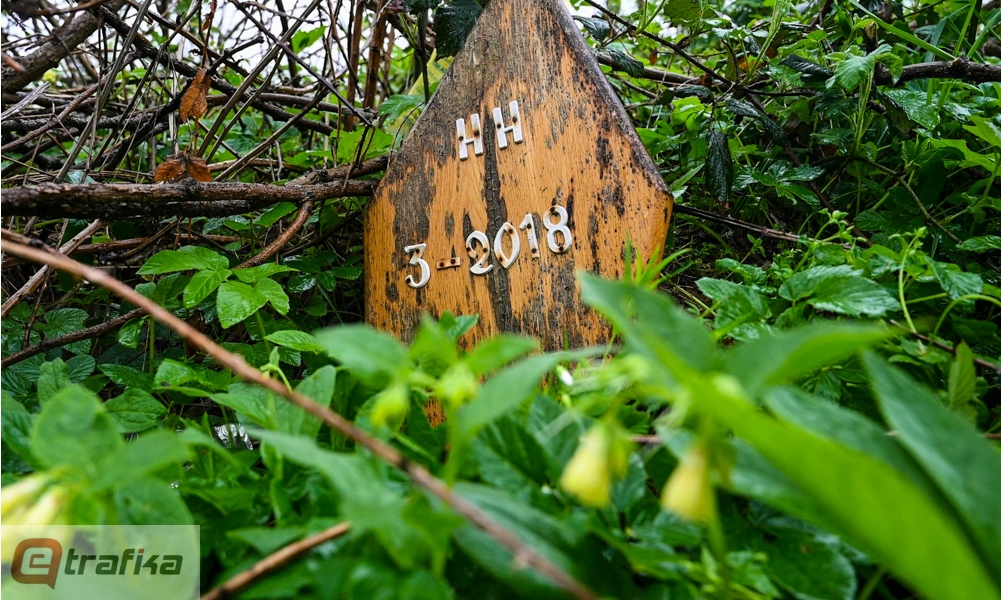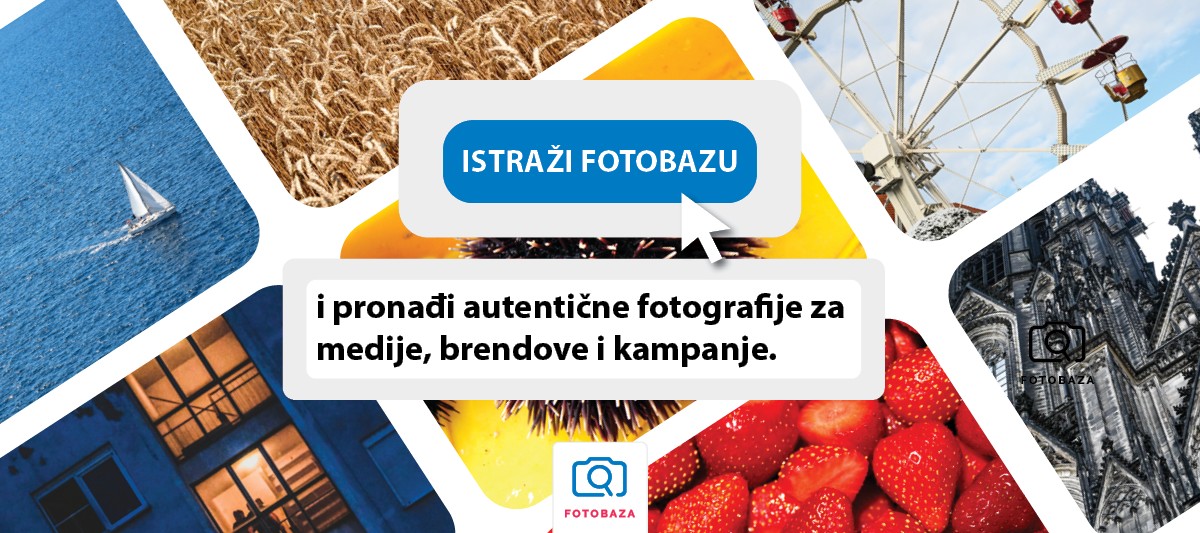It is December 2022. Night. Six migrants get out of the taxi that brought them to the banks of the Sava River, the natural border of Bosnia and Herzegovina with Croatia. One river separates them from the European Union. They got the location from other migrants. More than a hundred kilometers away from the camp where they are placed, this place is a common route for illegal crossings.
Text: Vanja Stokić and Ajdin Kamber; Photos: Ajdin Kamber
They come to the field from the dirt road. Another hundred meters separates them from the river. About ten meters to the right is a minefield, with explosive devices from Bosnia and Herzegovina war. Next to it is a forest, where traces of previous groups are visible: remains of food and fires. Six men carry an inflatable rubber boat with them. Like those that tourists use for summer vacations. They could not find a bigger one, so they will cross the river three times. Only two people fit in the boat.
Among these men are two brothers from Afghanistan. Nasim is 23 years old and Ali is a year older. We have changed their names to protect their identities. They left their home in 2018. They belong to the Hazara tribe, whose members are physically different from other people in that country. There are frequent attacks on them, murders, rape of their wives, turning their children into slaves. The brothers started the trip because they had problems with the Taliban. They came to Bosnia and Herzegovina on foot. Now, on the banks of the Sava, they are looking at the European Union. The deal is for Ali to go first, with a friend.
“When they started, since the weather was very foggy, we couldn't see anything, it was also night, we didn't have any light. But we heard sounds, the sound of falling into the water. And no matter what we did, we couldn't find him. A friend tied himself to the boat, so the others pulled him out, and I and a friend went to look for my brother,” Nasim tells us.
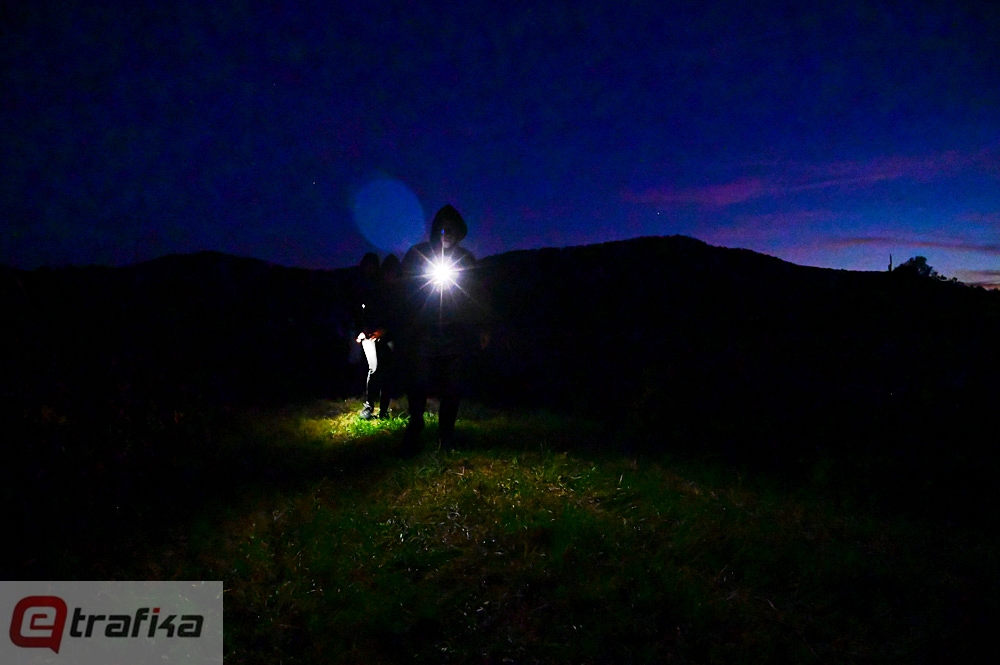
When they realized what happened, they ran to the first houses and called the police. The patrol arrived and made a record, which we had access to.
“I wasn't feeling well, I was sick, so they put me in a vehicle and took me to another location and left me there. I don't know where I was, we couldn't figure out where we were and we couldn't find our way. And after that, nothing. The police did nothing. The only thing the police told me was that they would try to find my brother, but I don't think they did anything,” Nasim tells us in front of the migrant camp on the mountain plateau not far from Bihac in western BiH where we found him.

Here, he has been waiting for an answer to his asylum request for months. More importantly, he is waiting to bury his brother.
“Now I know where my brother is, we found him! He is in Croatia, in a hospital near the border”, he tells us briefly.
The hospital he is talking about is located in Slavonski Brod, in the European Union. After the drowning, the strong river carried Ali's body fifty kilometers downstream. He was found on the shore and taken to a local hospital. The autopsy showed that it was drowning.
“It was immediately suspected that it was a migrant because of his physical characteristics. With him, in his pocket, he had some kind of document that hinted at his identity, but the police could not say with certainty that this was the man to whom those documents were issued. After the autopsy, we placed the body in the refrigerator. We have issued a death certificate and a burial permit,” Dr. Ivana Mahovne, head of the Department of Pathology and Cytology at the Slavonski Brod General Hospital, tells us.
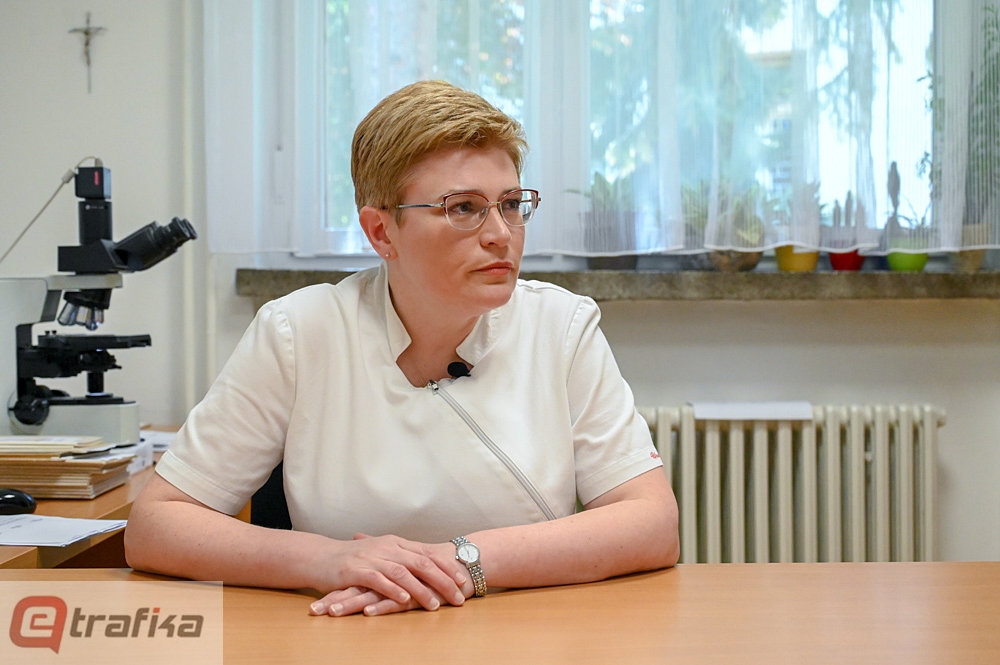
However, she was soon contacted by a volunteer from Bosnia and Herzegovina, who works with migrants. He told her that he suspected it was Ali, whose brother is still in Bosnia and Herzegovina and wants to claim the body and bury it in this country. At the request of the volunteers and Nasim, the hospital staff decided to postpone the funeral. In order to send the body back to Bosnia and Herzegovina, the drowned person must first be identified. The document he had in his pocket could not be fully trusted, so a DNA analysis was requested. Another problem arose there – the transfer of materials across the border. The sample could not be taken in Bosnia and Herzegovina and brought to Croatia. Nor could Nasim cross the state border without documents. Weeks passed one after another, no solution was in sight.
“It was only because of that deceased that we turned on the refrigerator in our old morgue. We are cooling a refrigerator with six places for that one deceased. This burdens us both hygienically and financially, but when people beg you and you see that they are on the verge of tears, then you don't have the heart to refuse”, emphasizes Dr. Mahovne.
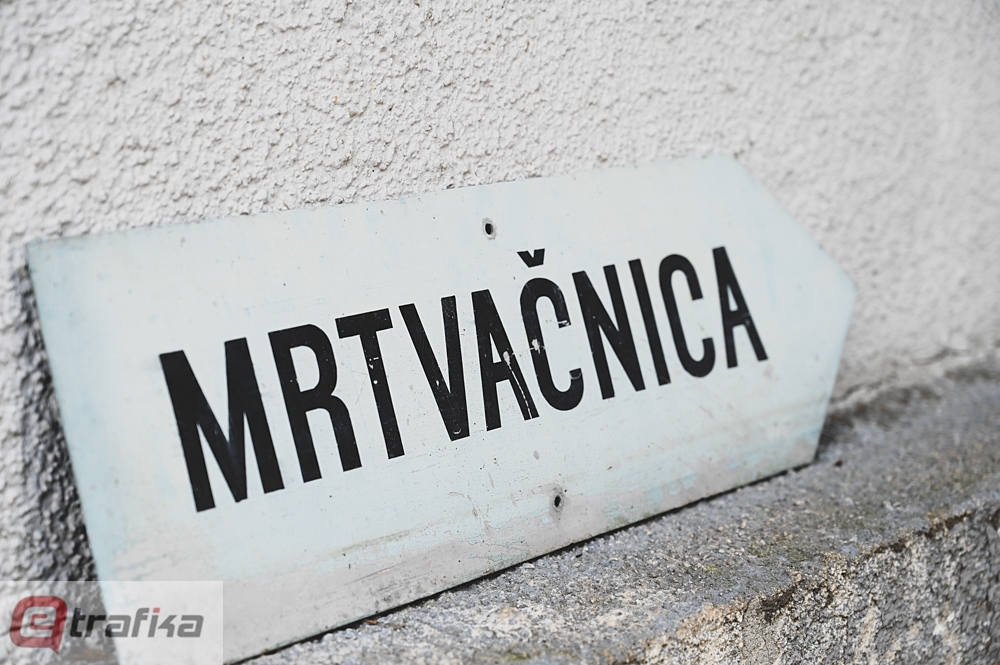
During that time, Nasim was waiting in Bosnia and Herzegovina. He gave up his plans for the future. He applied for asylum and thought only of burying his brother. He thought it was his destiny to stay where he was.
“Since this happened, my whole life has turned around. No one in my family is mentally well. It's really hard for us because of this loss. We are just waiting for the DNA test, but for me, my family, this has become torture. Now he has been there for a long time, already four months,” Nasim tells us.
He adds that for Afghans, burial is actually a matter of life. He is religious, and in Islam it is a sin for the whole community that does not do everything to say goodbye to its member with dignity and does not perform a religious ceremony.
“I believe that we, as Muslims, are responsible for that act because our faith requires us to do so. If no one does it, we are all sinners. If anyone does that act, he certainly deserves a huge reward, and on the other hand, the sin or obligation is removed from the burden of the entire community”, explains Amir Mahic, head imam of the Islamic community of Kozarac, a town in northwestern BiH.
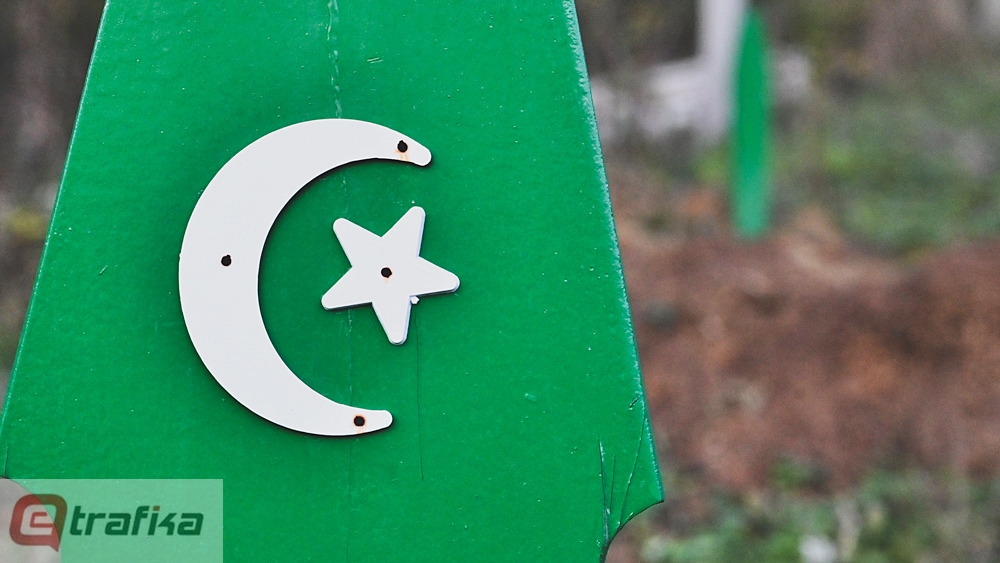
Ali's drowning is not the only one. According to the data obtained during our research, dozens of migrants drown in the border rivers of Bosnia and Herzegovina every year. Nasim points out that he personally knows six people who drowned.
“They only find them if the body floats out of the water, or if someone sees the body. We inform the camp what happened, but nobody in Bosnia does anything about it,” he adds.
Imam Mahić also has experience with such cases. Last year, the body of a young man from Afghanistan was found in the area of Kozarska Dubica. Since no one was looking for him, the body was buried in the Orthodox cemetery in Banja Luka after the autopsy. However, a few months later the family appeared. They compared the latest information on his movements and the police reports. Based on the photos, he was identified, and his body was moved to the cemetery in Kozarac.
“From the aspect of Islamic teachings, we consider the drowned as martyrs. Right next to his grave is the martyr's cemetery. Even today, we are glad to have taken the burden off the entire community, at least in his case. The only satisfaction for a suffering family, finding that their loved one has died, is that he can be buried with dignity,” explains Amir Mahić.
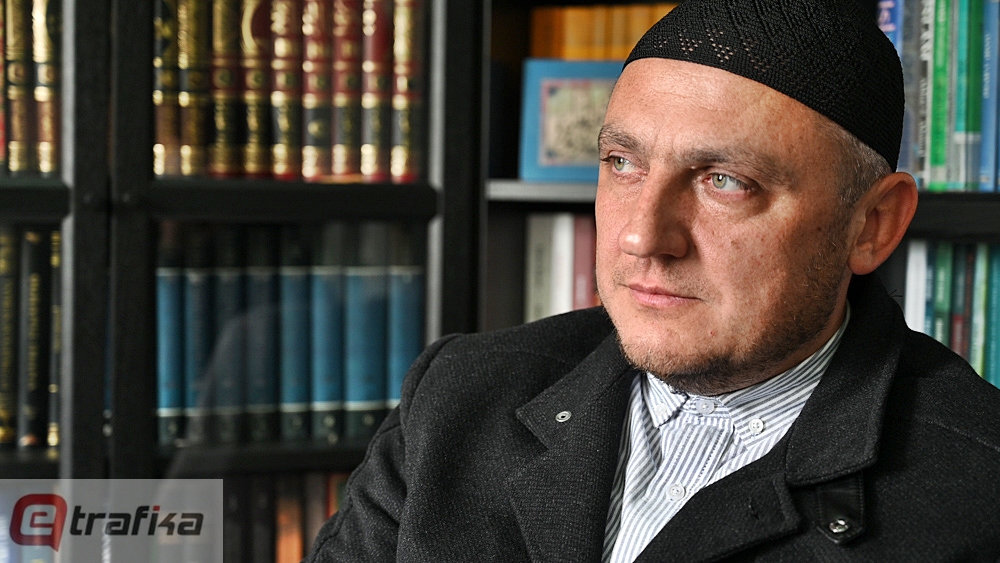
He was involved in the entire procedure of body identification, exhumation and reburial. He points out that the family did not even consider the option of transporting the body to Afghanistan because the procedure is too expensive and complicated. The first problem was that the young man did not have documents from Afghanistan, so he could not be connected to that country.
“Otherwise, we are in daily contact with the procedures, which include burials, exhumations and transportation of bodies. Not only the people who died in the Bosnian war 30 years ago, but also our people who died abroad. Those procedures were solved easily, incidentally. However, looking at this case, it is extremely complicated. We had the help of one of our funeral companies here. Believe me, as an ordinary civilian and citizen of BiH, it seems to me that I would not be able to expel all that. Regardless of the language, the possibilities and some kind of eloquence in terms of literacy, I wouldn't be able to solve it,” he explains.
The Islamic community and its believers provided money for the funeral as well as all other expenses. They had to pay for everything related to the death of this young man, from the moment he was found to the funeral. Autopsy, stay in cold storage, first burial, marking on the grave, transport…
“It cost about 8,000 KM (4,000 EUR). Just consider that 10 deaths can be equipped here for that money. It really takes a lot of paperwork and energy and time spent. And on the other hand, a lot of money. Ninety percent of those families would not be able to complete the process. First, they would have to physically come there. On the other hand, they would have to expel all that paperwork. On the third side, they should finance it all. Regardless of whether the burial is here or somewhere else. So, in short, it is an impossible mission, towards which this system leads these families,” he points out.
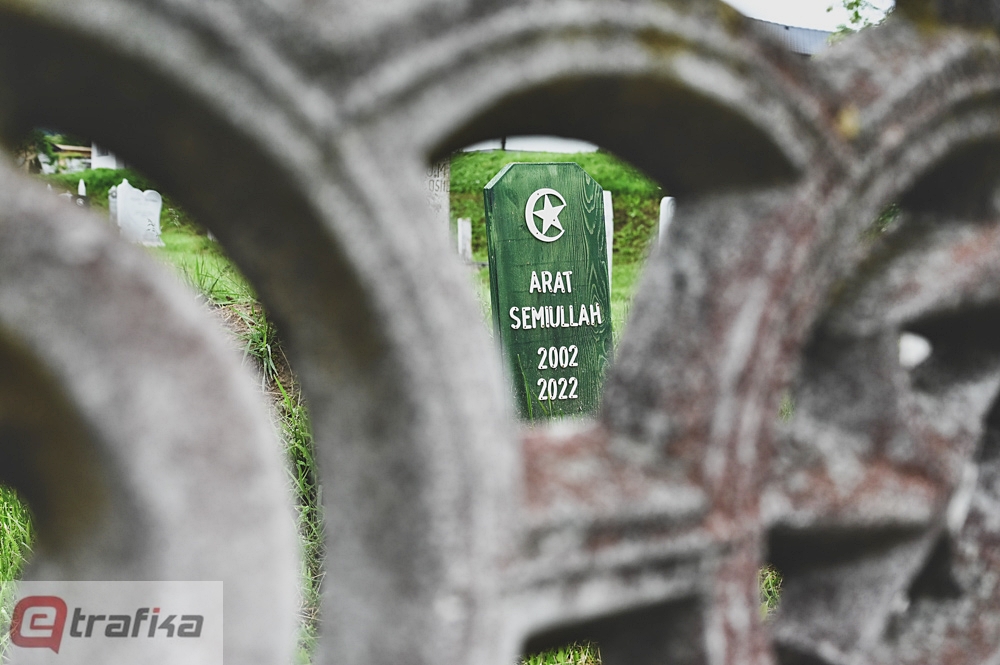
From 2020 to 2023, the Ministry of Internal Affairs of the Republic of Srpska recorded 48 cases of drowning migrants in the territory of this entity. The largest number of drownings occurs in the east of the country, on the Drina river and on the border with Serbia. 23 drownings occurred in Zvornik, and 13 in Bijeljina.
“If one of the relatives from African or Asian countries is looking for a missing person, and it is suspected that the body of an unknown person was found in the territory of Republika Srpska, the only way to collect the body is possible after identification of the unknown body through DNA analysis of the next of kin (father, mother, brother, sister). DNA profile analysis is carried out in forensic medicine institutes by order of the competent prosecutor's office. The family can also turn to the diplomatic-consular representation of their country in BiH, which maintains and continues further communication with BiH”, we were told in the ministry.
In an earlier communication, we asked the ministry what the official protocol is when a drowning in the river is reported to the police, whether a search for the body is organized.
“If, after reports have been received that a person has drowned, their bodies are not found, investigative measures are taken, i.e. measures of search activities with the aim of finding the body (examination of the terrain — water, coastal areas, announcement of a missing person, etc.), while at the same time collecting the necessary knowledge and information about all the circumstances that preceded the event itself, i.e. the drowning of the person”, we were told.
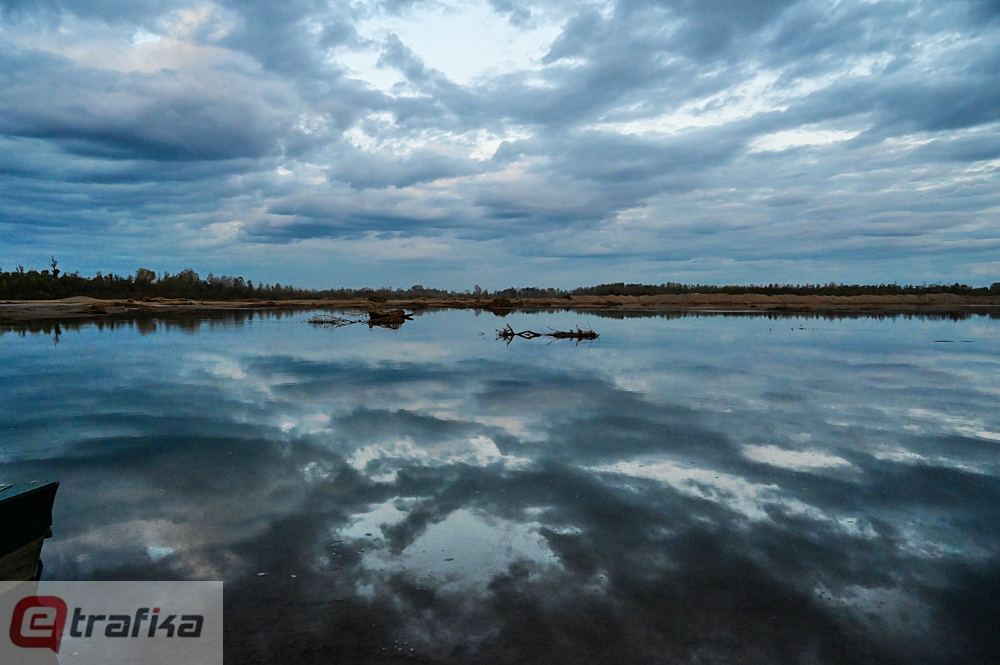
The ministry did not provide us with information on how many cases were organized to search for the bodies of migrants and what was their epilogue.
The largest number of drowning migrants is in the east, in the area of Zvornik. The reason is very simple, during the summer the level of the river Drina is so low that it is possible to cross from Serbia to BiH on foot. However, local residents warn that the Drina is an extremely treacherous and dangerous river because it is full of eddies and is extremely fast and strong, so it can easily knock down an adult.
One of the locations where refugees and migrants try to cross the Drina River is in the town of Karakaj, not far from the international border crossing, around which we had the opportunity to see frequent border police patrols in order to stop migration. Not far from the border crossing, there is a hill with thousands of black marble monuments where residents of this area have been buried for decades. In the farthest and hard-to-reach part of the cemetery, we find a dozen graves overgrown with grass, bushes and undergrowth. These are different from the others. They are not marbled or decorated. There are no flowers or candles. The wooden plaques mostly bear inscriptions: NN 2022, NN 2020, NN 2018… The numbers represent the year of death, and the NN – an unidentified person.
“Currently, 17 people are buried in the city cemetery,” police inspector from Zvornik, Vladislav Lukovic, tells us.
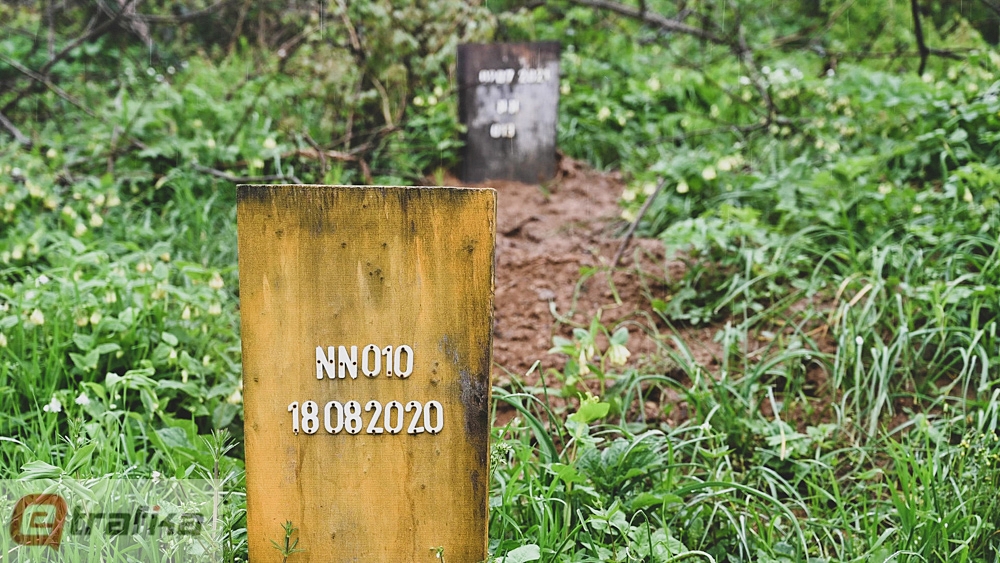
When a body is found in this area, it is transported for an autopsy to the “Sveti vracevi” hospital in Bijeljina. Vidak Simic, head of the service for pathological anatomy and cytology, has been conducting autopsies for the past five to six years. The bodies found between Bijeljina and Vlasenica come to his table.
“In earlier years, bodies were found sporadically, three to six. This year, 24 have been found so far, some in the Drina Lake, some in the upper and lower reaches of the Drina River. This year there is a drastic increase in the number of (dead) migrants,” warns Dr. Simic.
In addition to the autopsy and photo-documentation, he takes a bone sample for DNA analysis.
“I am sending the photo-documentation and autopsy report to the Prosecutor's Office, and I am keeping the bone sample in the freezer for possible future DNA analysis. The prosecution should order a DNA analysis, but the prosecution has nothing to compare it to. There is no sample, an indisputable sample from relatives, and this seriously slows down the identification of migrants,” he tells us.
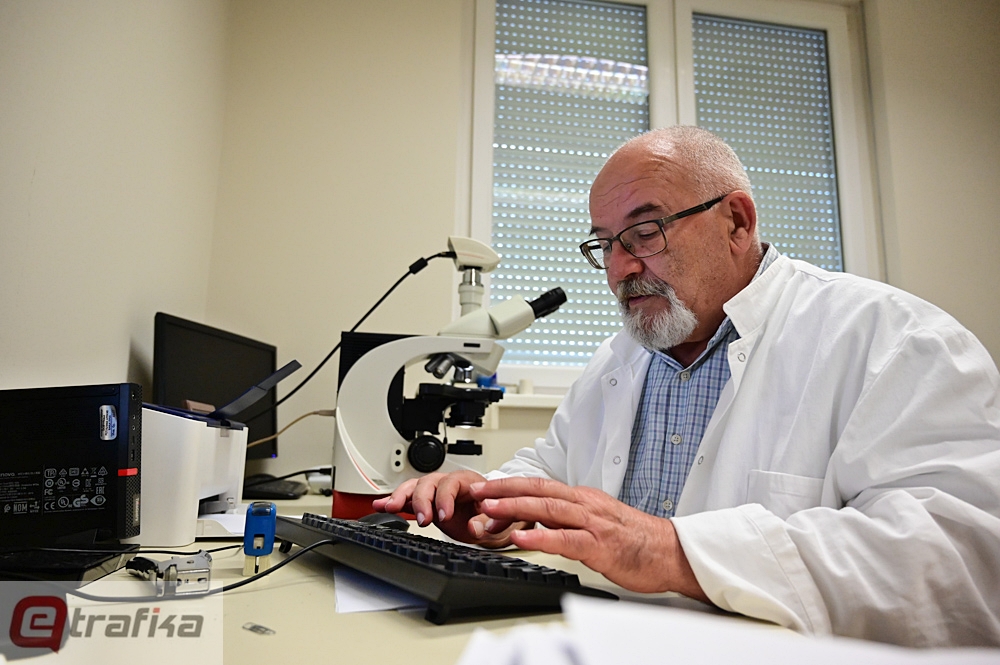
For now, he is saving about 40 samples for analysis, which will help him identify bodies that have already been buried. Of course, if a family comes looking for their member.
“If a person is buried without taking a DNA sample, the sample can be taken again by exhuming the body,” he reminds us.
However, in these cases it is necessary to know which body is being exhumed. If you have 20 graves with NN markings in the cemetery, where should you look? Because of this, he takes samples of every body that is brought to him, and on their graves there are numbers that connect the grave with the sample. So far, several bodies have been identified and returned to their countries of origin.
“Last year, I received photos from Afghanistan, where a young man was buried. I was glad. I was fulfilled. So, I managed to finish one task, set for myself. I am happy for that family and I am grateful to them for sending the photos. It means that to me. One family is now at peace,” he explains.
The price of DNA analysis is about 250 KM (about 125 EUR). His idea is to analyze all the samples he keeps, and then to post those results on a special website. Thus, families from Afghanistan, Morocco and other countries could do an analysis in their country and directly on the website to see if the findings match any of the bodies found in Bosnia and Herzegovina. He emphasizes that the body of a drowned person is usually impossible to identify without DNA analysis. Simply, after a long stay in the water, the body loses its shape.
“There are rare cases when (a migrant) is found the same day he drowned. They are mostly found after many days, after many months. Often only bone remains are found, i.e. parts of a skeleton or a complete skeleton. Time passes until Drina, being the deceitful it is, when it throws the body ashore. You can never determine with even close precision when someone drowned. It is very deceptive”, warns doctor Simic.
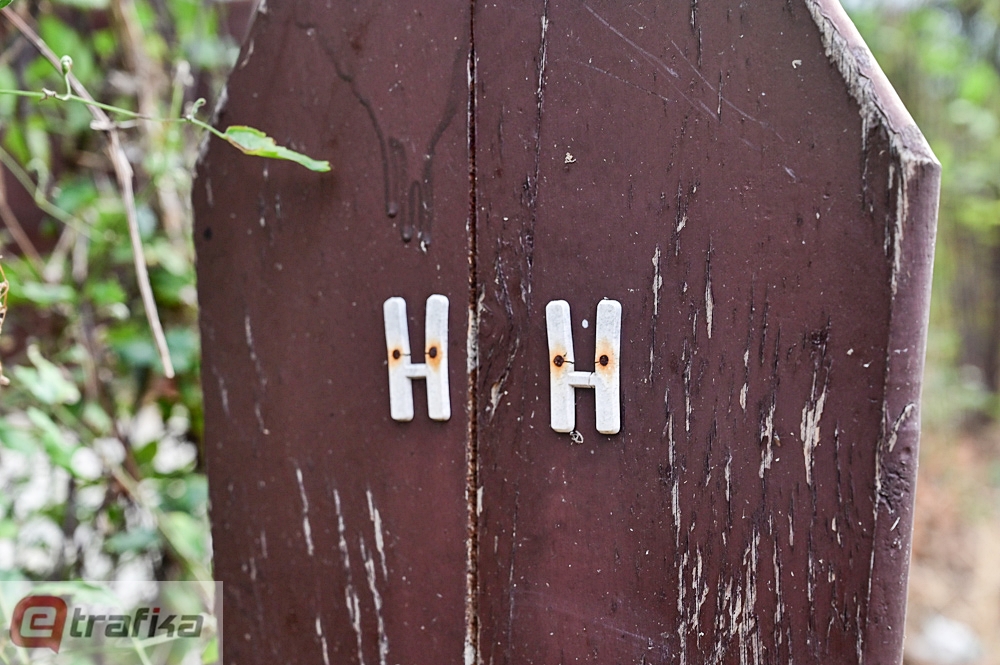
If the body is not identified within 30-40 days, it will be buried in the cemetery belonging to the municipality where it was found. The costs are borne by the local self-government. These are unkempt mounds, mostly in the corners of cemeteries that are overgrown with grass. Some have a wooden Islamic sign and some have a wooden cross, although the identity of the body is unknown. The question is actually how long these features will remain in place.
“You have to look around pretty hard to find them. In most cases, the NN is on that board, possibly the year when the person died. It's very badly marked, you never know if it will stay that way there and if the board will stay there for a while or if it will be destroyed. And in fact, it won't even be known that there is a body there,” warns Ines Tanovic from the Kompas 071 association in Sarajevo.
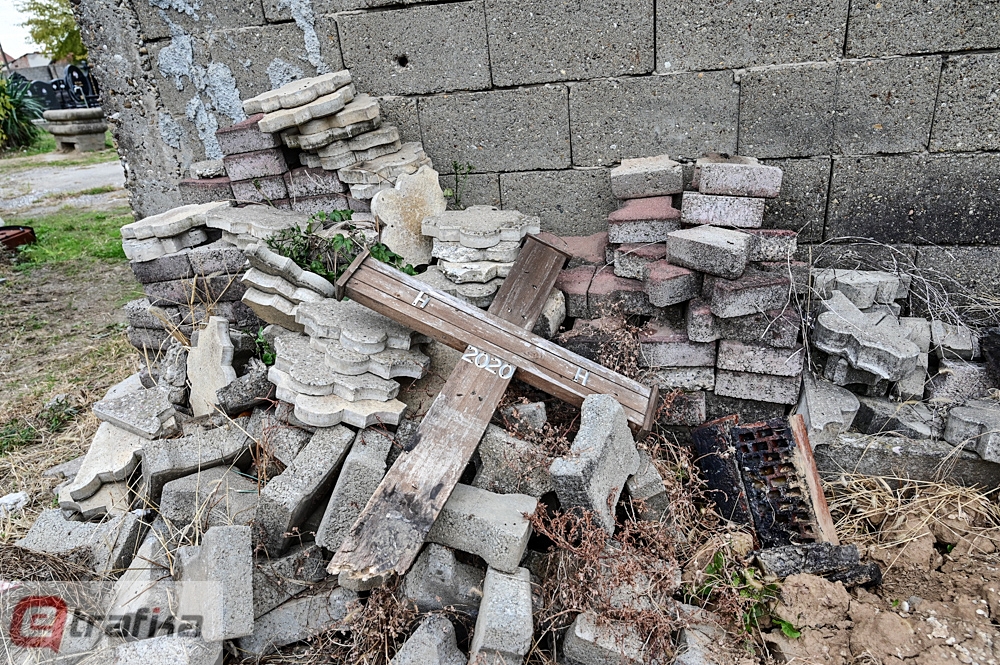
Activists are often contacted by families from the countries from which migrants come to Bosnia and Herzegovina. They are asking them for help in finding their loved ones, who disappeared on the way to the EU.
“They contact us either with pictures or the location of the possible terrain where someone has disappeared, with a brief description of what happened in which case. And then our process of going through the institutions actually starts. Most often we actually talk about drownings on our rivers. Primarily the Drina, but also the Sava. Especially in the last year or two, when the Sava became one of the main crossings. Sometime in the process you get a positive response. Sometimes you come across really wonderful people who immediately start doing something. Sometimes you run into a complete wall. You are playing some kind of inspector, researcher, which you are not at all, you are knocking on a door you have never knocked on before”, Ines Tanovic tells us.
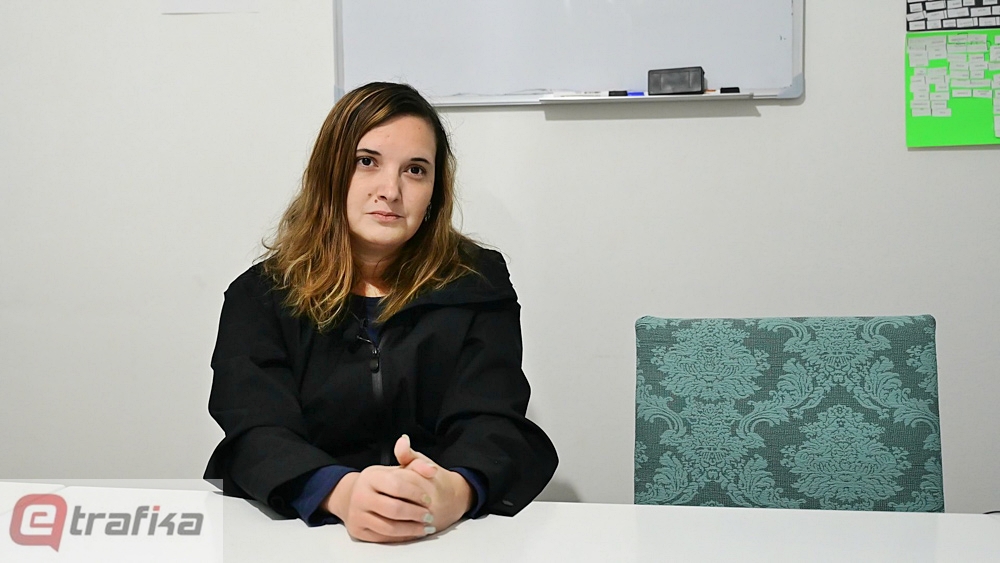
She points out that the process of finding and identifying the body, and then returning it to the country of origin, is extremely complicated. In fact, every time she feels like she is starting from the beginning.
“None of those cases could be brought under the same procedure. Embassies rarely want to get involved in the whole story at all. State institutions are totally uninterested in this topic. It seems to me that here everything depends on the people you will find in one of the services. It's actually a very individual approach, and if you're happy to be contacted by someone who's approachable, you might get some information,” she said honestly.
Sanela Klepić, an activist who runs the INTERGreat Daily Integration Center in Sarajevo, reminds that in Bosnia and Herzegovina there is no database of missing migrants or those who are wanted.
“There are people who are still in morgues. We had the last case where the family has been waiting for more than three months for the body to be transferred back to Morocco. There is no embassy, then everything had to go through Serbia, then again it depends on how our authorities cooperate with Serbia,” she says.
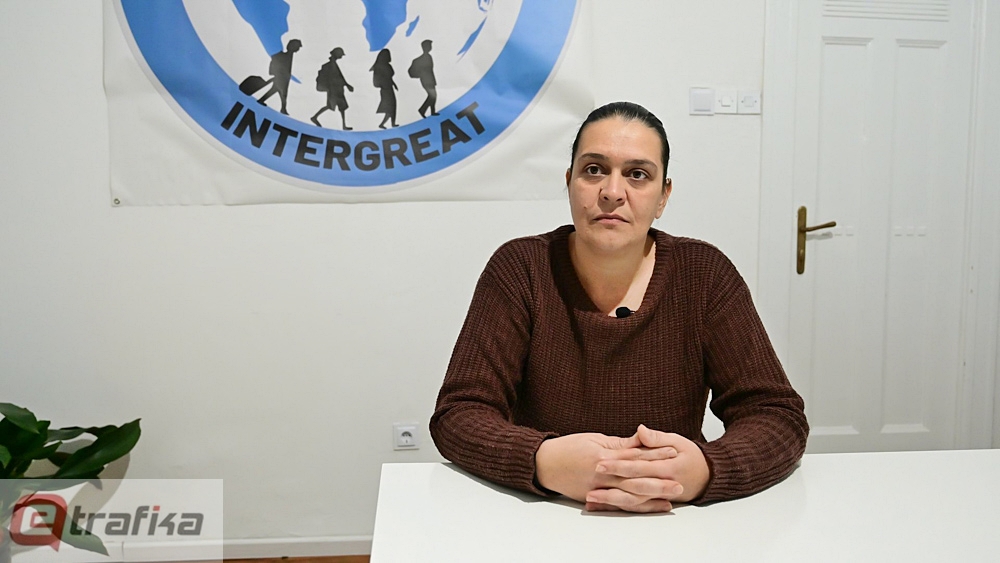
The issue of migration in Bosnia and Herzegovina is the responsibility of the Ministry of Security, within which the Service for Affairs with Foreigners operates. We have been trying to arrange an interview with the representatives of the Service for five full months, but without success. They participated in the process of identifying several bodies, which were later returned to Morocco, but did not want to discuss it in detail.
“The request you sent us is not within the jurisdiction of the Service for Affairs with Foreigners. What we can say is that if the identity of the deceased migrant is established, in that case, his family or the embassy of the country of which the deceased person is a citizen, located in Bosnia and Herzegovina, is contacted, and then the transportation costs are borne by the family of the deceased person or the embassy. Transport is carried out under certain conditions, and the funeral company is familiar with the exact documentation required to transport the body of the deceased to the country of origin. If the identity of the deceased person is not established, it is buried at the expense of the city cemetery in the municipality where the deceased person was found”, they wrote to us after several months of insisting on an answer.
In neighboring Serbia, the situation is even worse. The register does not exist in this country either, and in the cemeteries we visited, migrants were buried with only the NN mark and year of birth. No autopsy is performed on the body, nor is a sample taken for DNA analysis. This practically means that their family will never find them.
“The biggest problem is that the state authorities always insist that this identification is done only on the basis of official documents issued by the country of origin, which people do not have. Especially if we are talking about the bodies that were found on the banks of the Drina river. Official procedures state that each body would have to be sent to a local hospital for an autopsy, where the body would be photographed and a DNA sample taken for possible later comparison with the DNA sample of family members. However, practice has shown us that this is not done. It very often happens that, when it is determined that the body belongs to a refugee, which is determined only on the basis of skin color, the autopsy and the taking of a DNA sample are skipped and the bodies are sent directly to the cemetery for burial,” tells us Milica Svabic, a lawyer in non-governmental organization KlikAktiv from Belgrade.
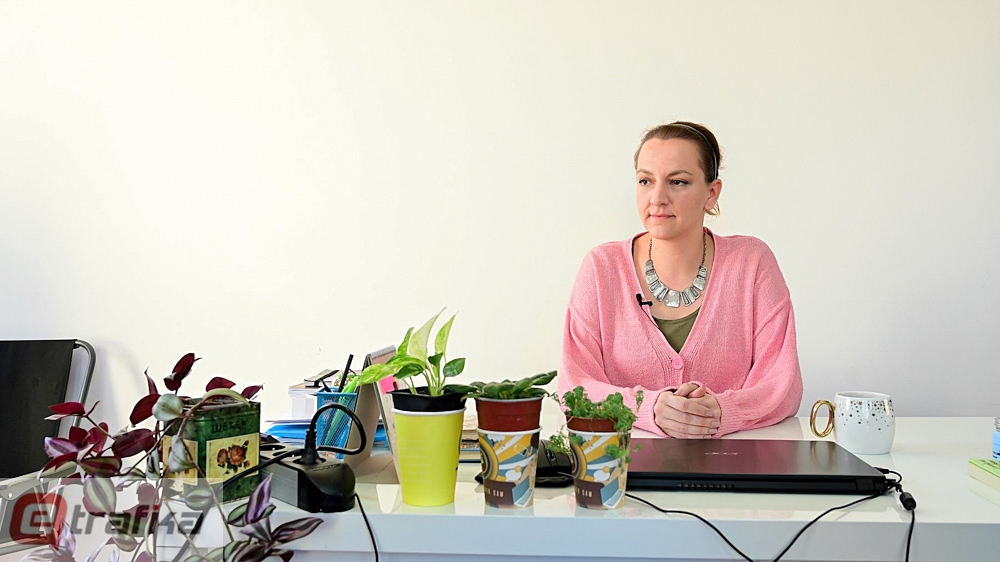
She adds that people often drown if they get caught in a rip current in a river or if a rubber boat capsizes. However, there are other circumstances.
“Very often we received testimony from people that their friends, people who were traveling with them in a group, drowned in the Drina after the police of Bosnia and Herzegovina forced them to return to the territory of Serbia, by forcing them at gunpoint to they swim across the Drina back to Serbia,” she warns.
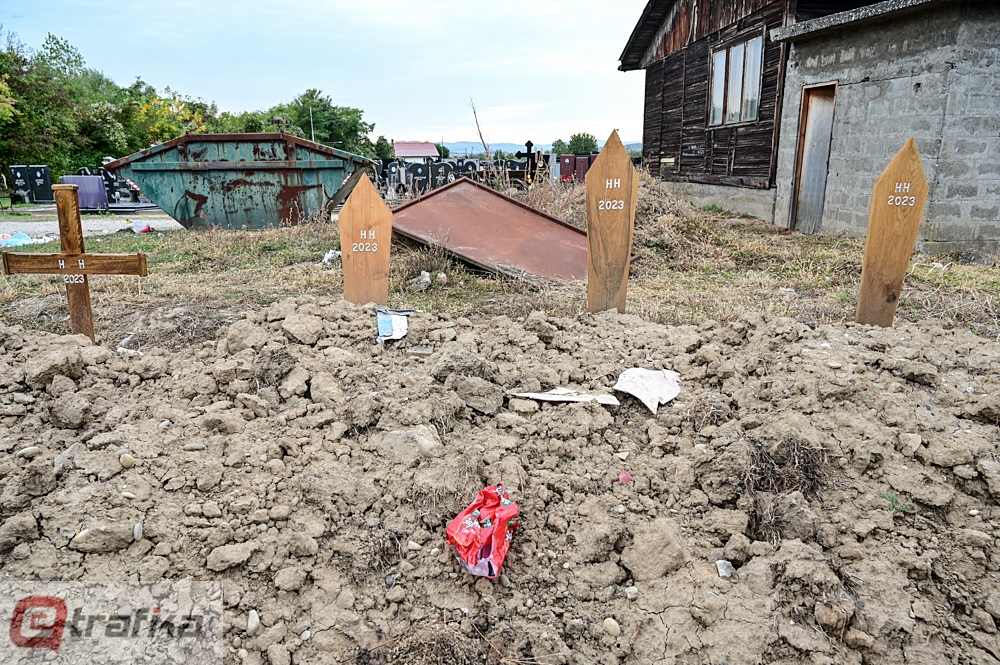
Different rivers are crossed in different ways, Marijana Hamersak from the Institute of Ethnology and Folklore in Zagreb warns us. As she points out, some rivers are crossed on foot, for others boats or ropes are used.
“That's what we heard when we first came to Bosnia and Herzegovina. They described to us how people prepared before leaving for Italy by buying ropes to tie themselves when crossing the river. Rivers are also crossed over waterfalls, which can carry with it a special kind of risk. Falling from a waterfall can itself lead to death. More people died that way”, she reminds us.
The Sava was not crossed in previous years. At least not much. It is a river that looks calm but hides many dangers. However, after the Croatian border became impenetrable in other places, Sava remained as the only option.
“There we see that they are in some way cornered, directed by policies, precisely towards that river crossing, towards the armed landscape that ultimately takes lives. It is no accident that it was not used, the Sava is a dangerous river. It is not a river that can be crossed in small rubber boats,” says Marijana Hamersak.

She believes that the problem of body identification can be solved by countries establishing protocols and legally naming things.
“Until we establish the identity of the missing person, it is a matter of disappearance. We can talk about enforced disappearance, and states are responsible not only for identification but also for the investigation of how the death occurred. I think it's clear who has the responsibility to enact protocols and to investigate the circumstances under which massive deaths occur that should not have occurred,” she warns, adding that the numbers in the various reports refer only to recorded deaths, while their actual number is the number is actually many times higher.
Having indirect contact with families who have lost their members in this way, Marijana highlights the term “ambiguous loss”, which denotes the simultaneous feeling of sadness and hope. Living with not knowing whether our loved one started life on the other side of the world or died on his way. Such a state emotionally exhausts a person and does not allow him to find his peace. During the research, we visited about fifty unmarked graves in Serbia and Bosnia and Herzegovina. About fifty families will never know what happened to their members, they will live in the hope that it is only a broken contact, but also in the fear that they are no longer alive. Unfortunately, the real number of such families is much higher.
The first refugees from Syria, Afghanistan and Iraq appeared in 2015 at the borders of the countries in South-Eastern Europe, which officially opened the “Balkan route”, which is continuously active until today. In the meantime, people from other countries in Asia and Africa, from Pakistan and Bangladesh to Somalia and Morocco, are starting to use the route. Hundreds of thousands of people passed through the Balkan route, which often changed direction, depending on the difficulty of crossing the border or the welcome from the other side of the border. The route leads through Greece, Albania, Montenegro, Serbia, Bosnia and Herzegovina, Croatia…
All these people have one goal – to reach the countries of Western Europe and continue their lives in peace, and as far as possible from their home countries that are destroyed by wars, terrorist attacks, poverty, corruption and repressive state apparatuses. As the European Union closed its borders in 2016, migrants were forced to continue their uncertain journey through mountains, forests and uninhabited areas, most often through Croatia and Slovenia, in order to reach countries that will accept their (inalienable) right to asylum, such as of Italy.
That path is extremely challenging and difficult, and migrants are often exposed to numerous dangers, malnutrition, cold, attacks by the police or the local population. They often do not have adequate accommodation, food, or medical care. Often, in conversations with refugees and migrants, we get the answer that they would not have dared to embark on an uncertain and dangerous journey if they had known what awaited them.
The process of crossing borders has become increasingly difficult over time. The countries of Europe have not only closed their borders, but are reinforcing them with patrols, the army, razor wire and other technological devices to prevent border crossings. There are frequent reports and testimonies about the brutality of the police forces who carry out illegal push backs and do not hesitate to use force. All this has forced migrants to embark on increasingly risky border crossings in more inaccessible places such as rivers, which eventually become graves for many unfortunates on their way. Many bodies have not been found to this day, nor do the families know the fate of their members.
This research was done with the support of Journalismfund.eu.


